Feeding Our Feathered Friends
It’s funny to think of the time and effort we dedicate to keeping animals, like deer and rabbits, out of our yards and gardens. But there is one animal that we can’t help wanting more of: birds. These spectacles of the sky delight our lives with their beautiful appearances and serenading songs, but they also bring amazing benefits to our gardens, too. With chirping birds around, we’re not only saying hello to cheerier mornings alive with winged wonders, but we’re also saying farewell to pesky garden pests that may be plaguing our plants!
Feeding the Birds
Many of our favorite feathered friends are perfectly content in winter munching away at the invading insects in our gardens. But in winter, when the bugs are not as plentiful, they tend to struggle a bit more. When the number of creepy crawlies are down, birds turn to fruits and seeds to keep their bellies full, and the best way to keep them around in our yards is to give them easy access to exactly what they are looking for.
Of course, birds will also be looking for the second key component to their diet, too: water. Thankfully we don’t have to worry about water-freezing temperatures here in Houston, like our northern friends do. This makes keeping water out as simple as in spring, with a simple bath, tray, or fountain, so our flying friends can quench their thirst after their meals.

Food for Birds
If you’ve ever gone to the store in search of bird seed, chances are you’ve encountered the dilemma of trying to pick one out. With countless varieties and mixes to choose from, it’s quite the feat to sift through them all to find the right one. Thankfully you only need to know a little about the most popular ingredients to get a good idea of where to start. Here’s what to look for:

- Black-Oil Sunflower Seed is the top choice for attracting birds, since most of them just can’t resist it. With thin shells that are easy to crack and plenty of delicious, fatty meat inside, it’s a tasty treat that will satisfy their hunger with very little effort, so it’s a must-have in any mix.
- Cracked Corn is a great option for birds of all shapes and sizes, from crows and jays, to finches and sparrows. A more manageable mouthful than whole-kernel corn, it’s easier for smaller birds to enjoy, too.
- Millet is a small-sized, high-nutrition seed that is an excellent choice for ground-feeding birds, like juncos, cardinals, and sparrows. You can find this favorite feed in red and white varieties, but white certainly does a much better job in keeping them around, we’ve found.
- Nyjer Seed, also known as thistle seed, is a delicious delicacy for small finches. It can be pretty pricey, though, so it’s probably best to use only when you see a few finches flying close by.
- Safflower is a seed savored by many beautiful birds, like chickadees, titmice, cardinals, and more. Less appealing birds, like starlings and grackles, as well as squirrels, aren’t fans, though, so including it in any mix is a great way to keep unwanted guests away!
- Suet (a.k.a. beef fat) is like a protein shake for birds that is fantastic to offer insect-lovers, like nuthatches and woodpeckers, when there aren’t enough bugs to keep them busy. It’s easiest for them to enjoy in cake form, which you can buy or make at home by melting it and mixing with peanut butter and cornmeal and forming into balls. You can also stuff it into pine cones to hang up around the yard, too!
- Sizzle N Heat Seed is a great option if you have squirrels that visit your feeders. The seed is treated with hot pepper oils that will repel squirrels but attract the birds.
Types of Feeders
While many birds enjoy the same foods, not all of them enjoy eating from the same plate. There are three typical bird feeders to choose from, and each offer appeals to different species of sky singers.
Tray feeders are open, flat surfaces that are top-choices for birds that typically feed off the ground. Keep them close to the ground or on a ledge where they are easily secured and kept flat, so that they can feel as close to their natural habitat as possible.
Tube feeders are hanging feeders with small surfaces that are ideal for little birds, like chickadees and titmice. They are best hung from trees or posts with some coverage, so the itty bitty birds can feel safe eating where predators won’t be able to find them.
Hopper feeders are larger hanging feeders with a slightly wider ledge for bigger birds, like cardinals and jays. They can be hung from trees or dangled from posts or ledges around your home.

They may not come right out and sing your praises from the rooftops, but our feathered friends will certainly love the 5-star service they receive at your bountiful buffet. Plus, it will keep them coming back for more, so you can enjoy not just their presence, but also their pest-fighting abilities when it counts, too!



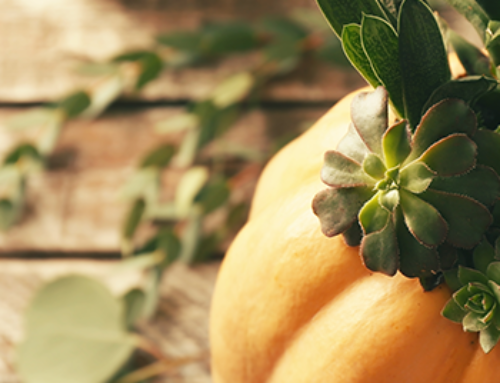
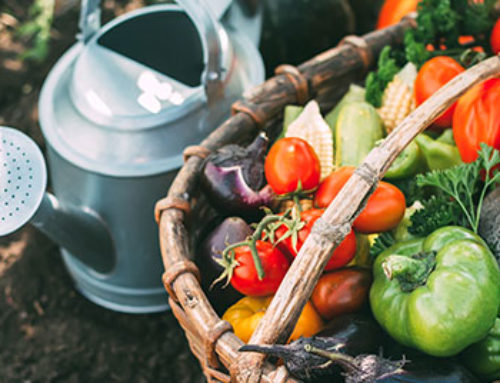
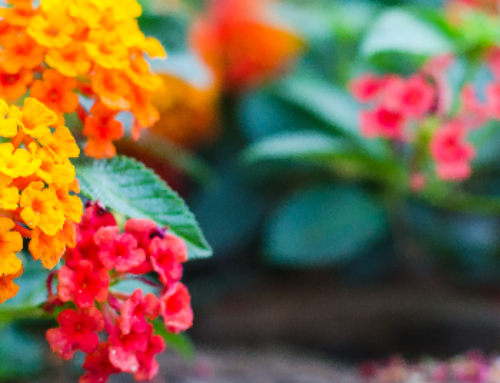
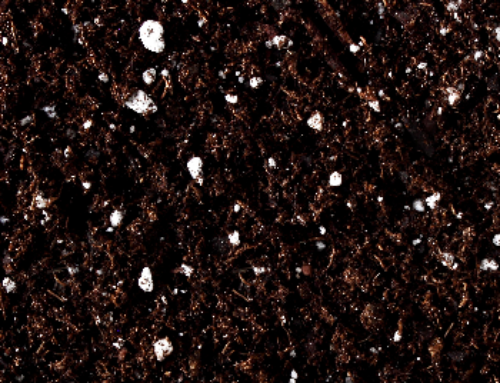
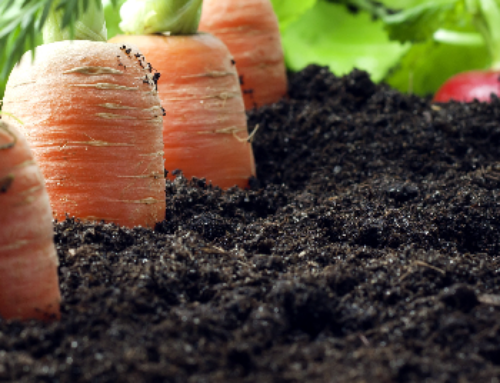
Great article!